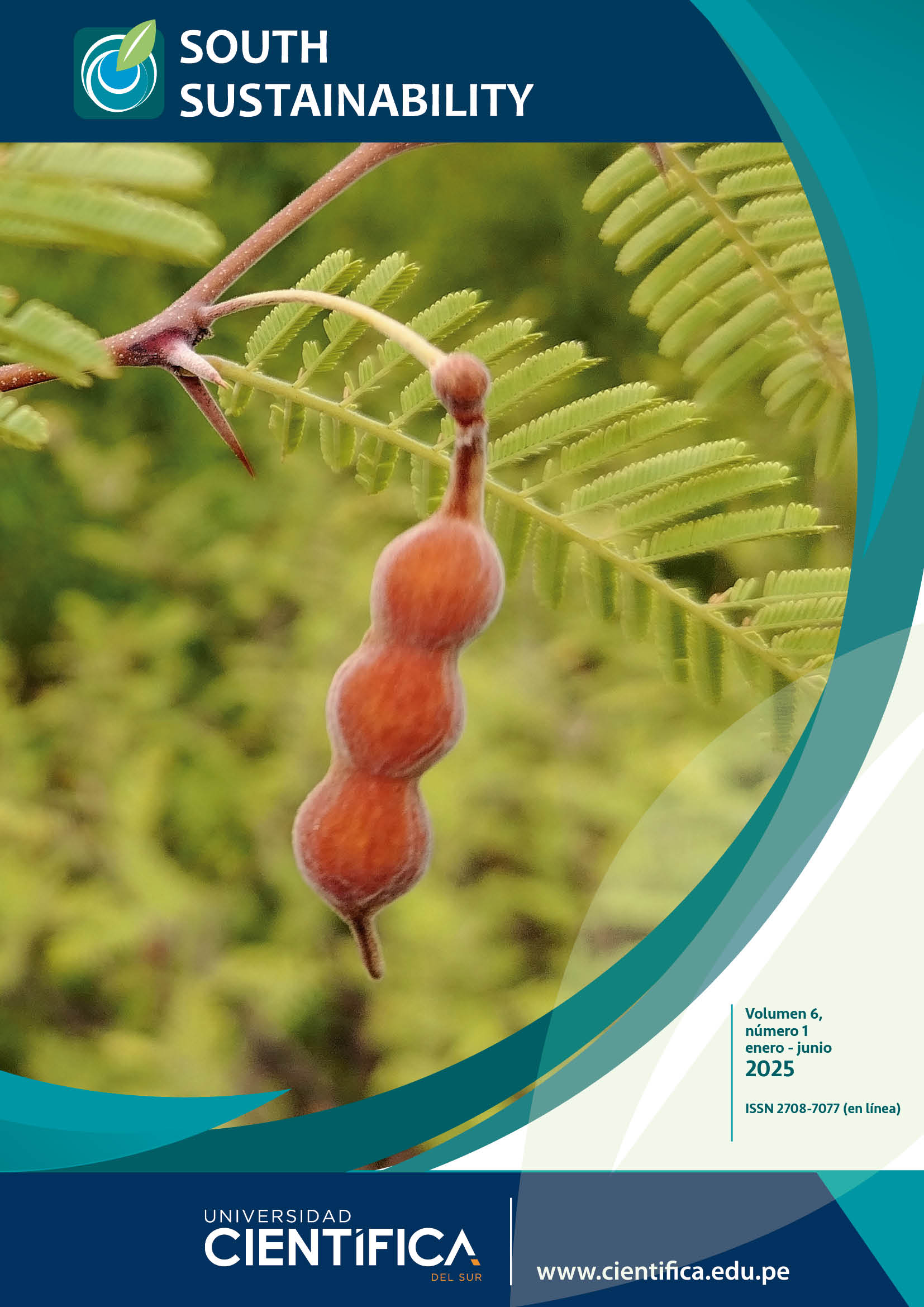Diet of the guanay cormorant Leucocarbo bougainvilliorum (Lesson, 1837) on Pescadores Island after the Ventanilla oil spill in January 2022
DOI:
https://doi.org/10.21142/SS-0601-2025-e121Keywords:
Oil spill, diet, guanay cormorant, Mare Doricum, sublethal effects, Repsol 2022Abstract
Almost 11,000 barrels of oil were accidentally spilled into the sea off Ventanilla, Peru, in January 2022. This spill affected an extensive marine-coastal area north of Lima, including Pescadores Island, one of the main guanay cormorant (Leucocarbo bougainvilliorum) colonies. In order to examine possible secondary effects of the oil spill on these cormorants, the abundance of prey and the composition of their diet were compared across pre- (2018) and post-spill periods (7-11 months after the spill). The results of this study indicate that during the study period guanay cormorants consumed five species of fish, with the main prey consumed being Peruvian anchoveta (Engraulis ringens). The percentage occurrence of anchoveta in the diet across pre- and post-spill periods was 98% and 99%, respectively. The relative abundance of prey (numerical %) was also similar across both periods (pre-spill = 99.74%; post-spill = 99.17%). Variations in dietary diversity indices were found between the two periods (pre-spill = 0.005; post-spill = 0.03). These results indicate that guanay cormorants did not modify their diet during the months after the oil spill, despite significant differences across the three factors analyzed (% anchoveta occurrence, numerical % anchoveta, and Shannon-Wiener diversity index). The pattern of ocean currents in the affected area and the rapid accumulation of oil on beaches during the days after the spill suggest that any immediate effect of the oil on the pelagic zone was short-lived and did not affect the availability of the cormorants' main prey. However, it is unknown whether or not the prey consumed after the spill had any non-lethal cumulative contaminant effects.
Downloads
Published
Issue
Section
License
Copyright (c) 2025 Héctor Estrada-Grossmann, Phd Carlos Zavalaga, Msc. Isabella Díaz-Santibañez

This work is licensed under a Creative Commons Attribution 4.0 International License.













